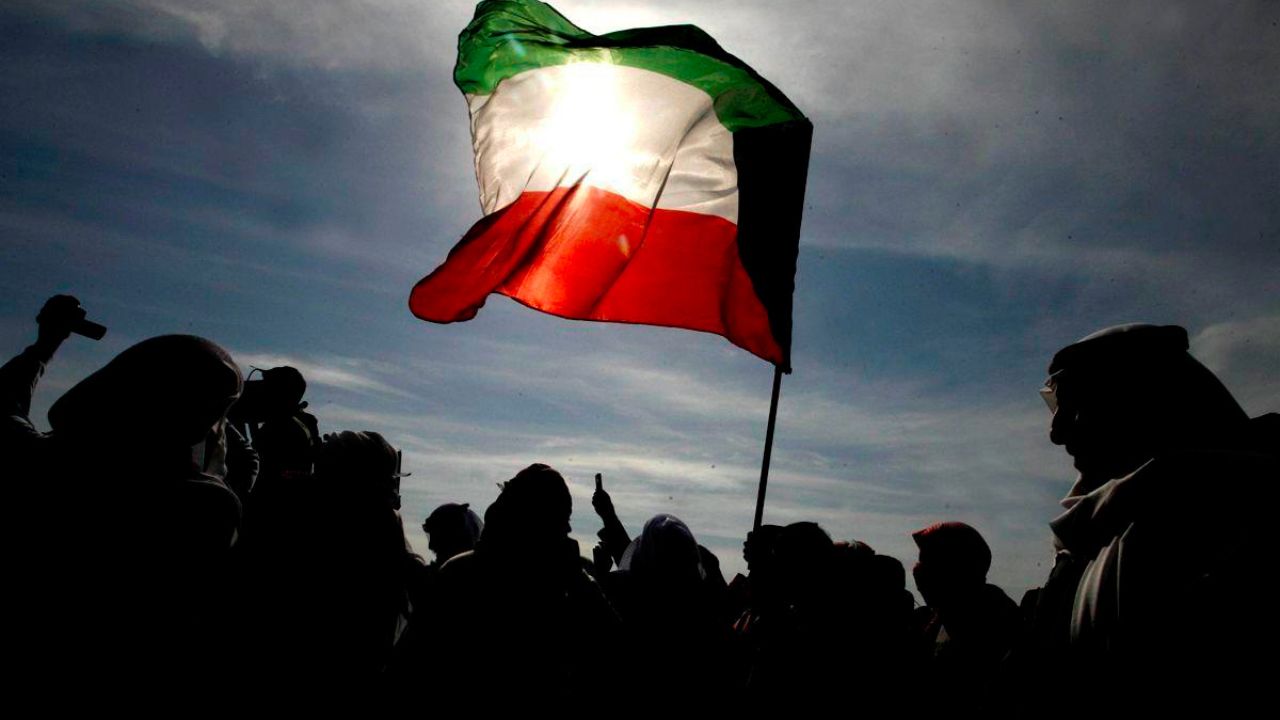
The Samita Border Skirmish is a significant event in history that many might not know about. This conflict, which took place between two neighboring countries, had lasting impacts on their relations and regional stability. Understanding the key facts about this skirmish can provide valuable insights into the causes, events, and consequences of such clashes. From the initial tensions that sparked the conflict to the eventual resolution, each detail helps paint a clearer picture of this historical episode. Whether you're a history buff or just curious, these 30 facts about the Samita Border Skirmish will give you a comprehensive overview of what happened and why it matters.
Key Takeaways:
- The Samita Border Skirmish in 1967 was a three-month conflict between two countries over a disputed border region rich in natural resources, involving military forces, local militias, and tribal groups.
- The skirmish led to a significant increase in military spending, a shift in alliances, and a refugee crisis, impacting regional politics and relations between the countries involved.
Background of the Samita Border Skirmish
The Samita Border Skirmish is a lesser-known yet significant event in modern history. Understanding its context helps grasp its impact on regional politics and international relations.
- The Samita Border Skirmish occurred in 1967 between two neighboring countries, Country A and Country B.
- The conflict lasted for approximately three months, from June to September.
- It was primarily fought over a disputed border region rich in natural resources.
- Both countries had historical claims to the territory, dating back several centuries.
- The skirmish involved not just military forces but also local militias and tribal groups.
Key Players in the Conflict
Several key figures and groups played pivotal roles in the Samita Border Skirmish. Their actions and decisions shaped the course of the conflict.
- General Arjun Singh led the military forces of Country A.
- Country B's forces were commanded by General Li Wei.
- Local tribal leader, Kiran Patel, sided with Country A, providing crucial support.
- The United Nations attempted to mediate the conflict but faced resistance from both sides.
- International journalists from various countries covered the skirmish, bringing global attention to the region.
Major Battles and Incidents
The skirmish saw several significant battles and incidents that influenced its outcome. These events are crucial to understanding the dynamics of the conflict.
- The Battle of Hilltop Ridge was one of the first major confrontations, resulting in heavy casualties on both sides.
- A surprise night raid by Country B's forces on a key supply depot of Country A marked a turning point in the conflict.
- The Siege of Samita Town lasted for two weeks, with intense urban combat.
- An accidental bombing of a civilian village by Country A's air force led to international condemnation.
- The final battle took place at River Crossing, where Country A's forces managed to push back Country B's troops.
Diplomatic Efforts and Resolutions
Diplomatic efforts played a crucial role in bringing the skirmish to an end. Various international and regional actors were involved in these efforts.
- The United Nations Security Council passed Resolution 242, calling for an immediate ceasefire.
- Peace talks were held in Geneva, Switzerland, with representatives from both countries.
- A temporary ceasefire was brokered by a neutral third country, Country C.
- The final peace agreement was signed in September 1967, officially ending the skirmish.
- The agreement included provisions for a demilitarized zone and joint resource management.
Impact on Regional Politics
The Samita Border Skirmish had lasting effects on regional politics and relations between the two countries involved.
- The skirmish led to a significant increase in military spending by both countries.
- It also resulted in a shift in alliances, with Country A seeking closer ties with Western powers.
- Country B, on the other hand, strengthened its relationship with neighboring Country D.
- The conflict exacerbated ethnic tensions within the disputed region.
- It also led to the displacement of thousands of civilians, creating a refugee crisis.
Legacy and Historical Significance
The legacy of the Samita Border Skirmish continues to influence the region and its history. Understanding its significance helps in comprehending current geopolitical dynamics.
- The skirmish is often cited as a case study in military academies for its tactical lessons.
- Monuments and memorials have been erected in both countries to honor those who fought.
- Annual remembrance ceremonies are held in the disputed region.
- The skirmish has been the subject of numerous books, documentaries, and academic studies.
- Its impact is still felt today, with ongoing disputes and occasional skirmishes in the region.
Final Thoughts on the Samita Border Skirmish
The Samita Border Skirmish remains a pivotal event in history, highlighting the complexities of territorial disputes. This conflict, though brief, had lasting impacts on regional politics and international relations. Understanding the skirmish provides insight into the delicate balance of power and the importance of diplomacy. The bravery and strategies employed by both sides are still studied by military historians today. Reflecting on these facts, one can appreciate the intricate web of causes and effects that shape our world. History enthusiasts and scholars alike find value in examining such events, as they offer lessons on conflict resolution and the human spirit. The Samita Border Skirmish, though a small chapter in the grand narrative of history, serves as a reminder of the ever-present need for peace and understanding among nations.
Frequently Asked Questions
Was this page helpful?
Our commitment to delivering trustworthy and engaging content is at the heart of what we do. Each fact on our site is contributed by real users like you, bringing a wealth of diverse insights and information. To ensure the highest standards of accuracy and reliability, our dedicated editors meticulously review each submission. This process guarantees that the facts we share are not only fascinating but also credible. Trust in our commitment to quality and authenticity as you explore and learn with us.
